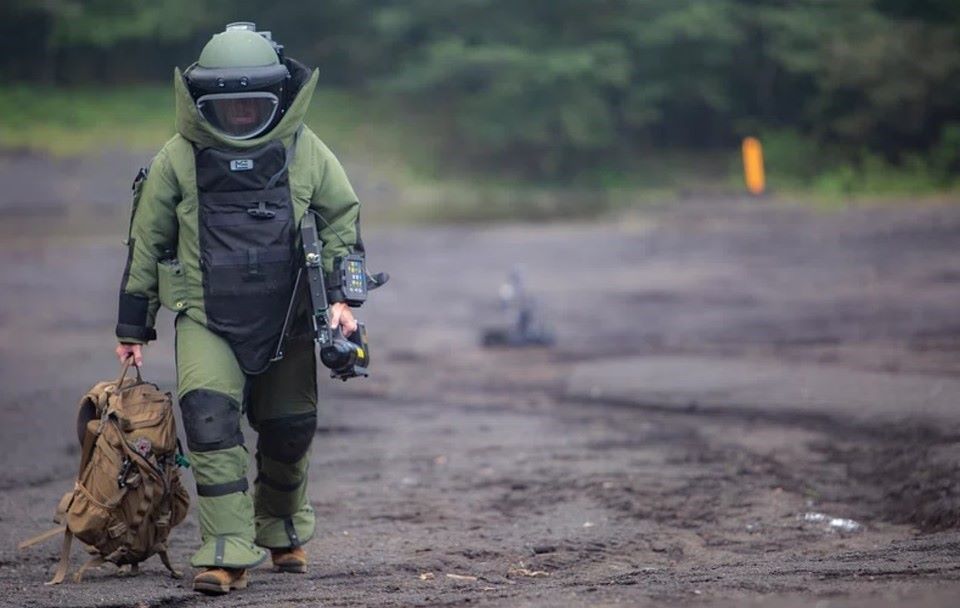Lighter, Stronger, Safer Body Armour – with Nanomaterials
By creating raw materials at the nanoscale, the manufacture of body armour is now a completely different ballgame.

The world of body armour is undergoing a revolution - a raw material revolution being led by nanotechnology.
At the heart of this transformation are the unique properties of nanomaterials - tiny particles of material measuring less than 10,000th the width of a human hair. When materials are reduced to this scale (the nanoscale), their atomic and molecular structures take on remarkable new characteristics. Carbon nanotubes, for example, are up to one hundred times stronger than steel, yet only a fraction of the weight. Graphene, a two-dimensional sheet of carbon atoms, is an incredibly strong and flexible material that can be woven into lightweight, durable fabrics. These and other nanostructures are being leveraged by body armour manufacturers to create a new generation of protective gear that shatters the traditional trade-offs between weight, protection, and mobility.

One of the most exciting developments in this field is the use of nanocomposites – materials that combine nanoscale reinforcements with traditional armour components like polymers and ceramics. These hybrid structures are enabling the creation of body armour that is thinner, lighter, and more impact-resistant than ever before. Nanoparticles of boron carbide or silicon carbide, for instance, can be embedded into polymer matrices to produce ultra-strong, lightweight armour plates. Meanwhile, the integration of carbon nanotubes or graphene nanoribbons into the fibres of ballistic fabrics dramatically enhances their tensile strength and tear resistance.
But the benefits of nanomaterials extend beyond just the armour itself. Innovative nanotech-enabled coatings are also transforming the functionality and versatility of body armour systems. Hydrophobic nanomaterials can be used to create water-repellent, self-cleaning surfaces that both shed liquids and resist staining. Thermochromic nanoparticles can be incorporated into the armour to provide visual indicators of impact, allowing wearers to quickly assess damage. And piezoelectric nanomaterials can convert the mechanical energy of an impact into electrical signals, powering integrated sensors and communication systems.

These advancements are not just improving the protective capabilities of body armour – they are also enabling innovative design possibilities that enhance comfort, ergonomics, and user acceptance. Flexible nanocomposite plates, for example, can be moulded to the contours of the body, improving range of motion and reducing fatigue. Multifunctional nanostructured fabrics can integrate features like temperature regulation, camouflage, and trauma mitigation, creating a more holistic protective system, while the lightweight nature of nano-enhanced armour allows for the incorporation of additional capabilities, such as integrated power sources, without compromising mobility.
Related articles: Is Spandex-Thin Body Armour Possible? or How 3D Printing and Nanotechnology Improve Body Armour
As nanotechnology continues to evolve, the potential for transformative breakthroughs in body armour design and manufacturing only grows. For example, nanotechnology researchers are exploring the use of self-healing nanomaterials that can automatically repair damage, programmable nanostructures that adapt to different threats, and even ‘smart’ armour that can sense and respond to its environment.
Not since the creation of Kevlar, has the body armour manufacturing sector seen such ground-breaking changes. This is because the future of personal protection is being written at the nanoscale, where the implications for the safety and performance of those who rely on body armour will be felt for generations to come.

